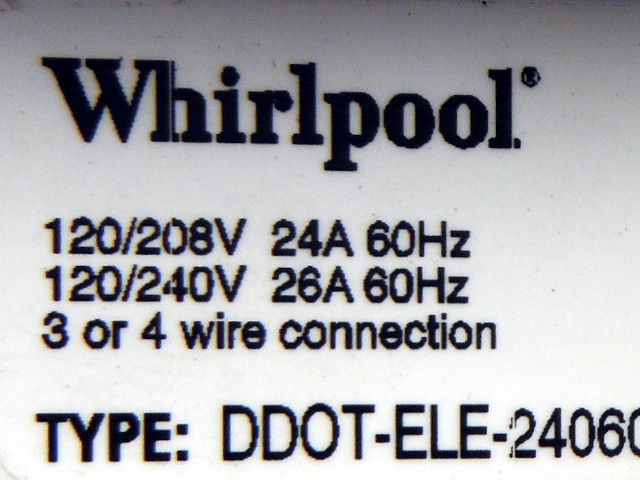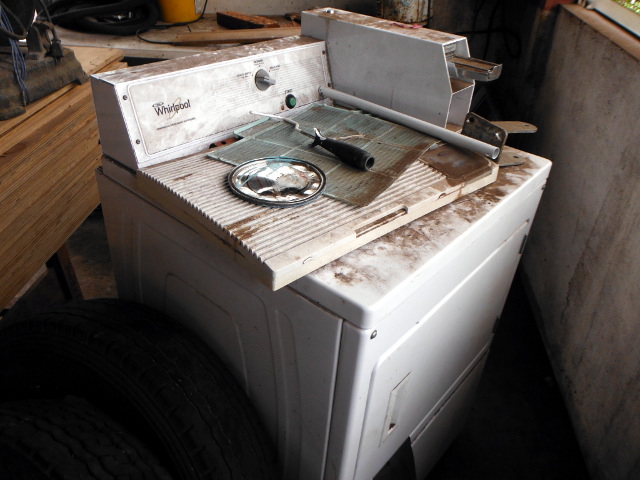 ☁: ________________________
☁: ________________________- ☁: ________________________
- ☁: ________________________
- Define reflection.
- Define refraction.
- Define total internal reflection.
- __________ Based on the image at the right, what is the index of refraction for water?
- A student gathered the data seen in the table seen further below.
- ______________ Calculate the slope of the line. The slope is the experimental index of refraction for water.
- ______________ __________ Use the slope above to predict the object depth for a penny that appears to be 30 cm underwater.
- ______________ __________ Use the slope above to predict the image depth for a coral head that is 200 cm underwater.
- ______________ Water has a published index of refraction of 1.33. What is the error for the slope?
- ______________ Water has a published index of refraction of 1.33. What is the percentage error for the slope?
- From the video "Power comes in many forms" give three examples of different forms power can come in - what are three alternatives from the video?
- A Whirlpool dryer uses 26 amps of current at 240 volts.


- __________ _____ Given that V = iR, calculate the resistance R for the dryer.
- __________ _____ Given that P = iV, calculate the power P for the dryer.
- __________ Power is now forty cents per kiloWatt hour, or $0.40 for 1000 Watts for one hour. How much does it cost to run the dryer for one hour?
- The North-Rep video detailed alternate energy sources being deployed in different places. What were the North-Rep projects on...
-
- __________ What is the atomic number of Zn?
- __________ What is the atomic mass of Zn?
- __________ How many protons does Zn have?
- __________ How many neutrons does Zn have?
- __________ How many electrons does Zn have?
-
[Note that in an atom the number of neutrons is equal to or greater than the number of protons. Thus the more numerous nucleons are the neutrons.]
- _______________ Looking only at the atomic diagram on this paper, determine the atomic number of the atom depicted.
- _______________ Looking at the diagram, what is the atomic mass for the atom?
- _______________ Looking at the diagram and the chart on the wall, what is the one or two letter chemical abbreviation for this element?
- _______________ What is the common name for compound with the formula H2O?
- _______________ In general, what color do acids tend to turn floral pigment fluids?
- _______________ In general, what color do bases tend to turn floral pigment fluids?
- _______________ Are lime fruits acid, base, or neutral?
- _______________ Is vinegar an acid, base, or neutral?
- _______________ Is cream of tartar an acid, base, or neutral?
- _______________ Is water an acid, base, or neutral?
- _______________ Is baking soda an acid, base, or neutral?
- _______________ Is ammonia an acid, base, or neutral?
- _______________ Is a bar of hand soap an acid, base, or neutral?
- _______________ Is laundry detergent an acid, base, or neutral?
- _______________ Is bleach an acid, base, or neutral?
- Draw a diagram on the back with protons, neutrons, and electrons for HF (hydrofluoric acid, a compound of Hydrogen and Fluorine).
 ☁: ________________________
☁: ________________________